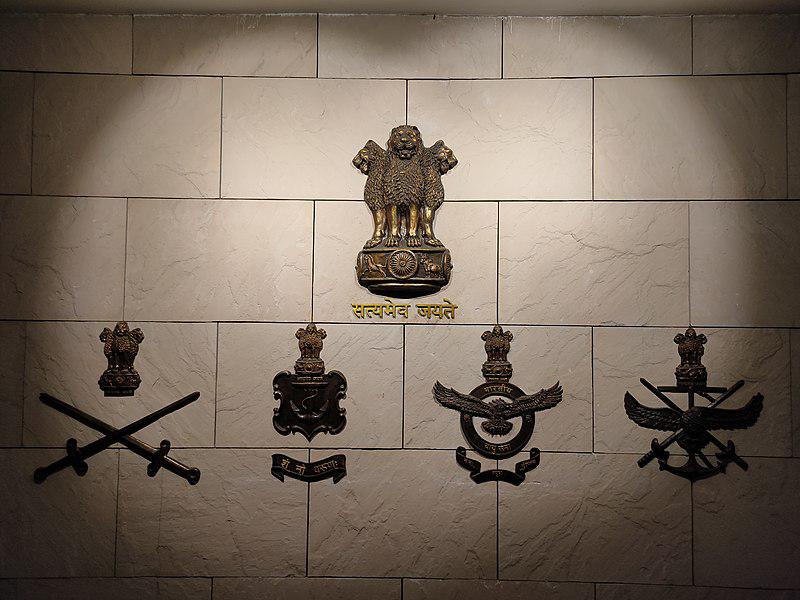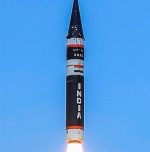India strengthens naval power with Kalibr Missile Deal

India continues to enhance its defence capabilities, particularly in naval warfare, with a new deal for Kalibr-PL cruise missiles from Russia.
This agreement, signed in the presence of Defence Secretary Rajesh Kumar Singh, reinforces India’s long-standing military cooperation with Russia.
The Ministry of Defence announced this development on social media platform X, highlighting its strategic importance.
The Kalibr missile system is a powerful weapon known for its precision and versatility.
Russia has used these missiles in several military operations, including in Ukraine. They can be launched from submarines, surface ships, and land-based platforms, making them a key asset in modern naval warfare.
These missiles fly at a low altitude of 10-15 meters, reducing enemy reaction time and increasing strike accuracy.
This purchase will boost the combat strength of India’s Kilo-class submarines, originally built with Soviet technology.
The modular design of Kalibr missiles allows flexibility in deployment and simplifies logistics and maintenance for the Indian Navy.
This deal highlights India’s focus on modernizing its naval forces while maintaining defence ties with Russia.
It also raises questions about the impact of international sanctions on Russia, as India continues to acquire Russian military technology despite global restrictions.
This move showcases India’s strategic autonomy in defence procurement, balancing partnerships with multiple nations.
Recently, India also shortlisted Germany’s ThyssenKrupp Marine Systems to build six new submarines, reflecting a diverse approach to naval expansion.
By collaborating with different nations, India is strengthening its maritime security and enhancing its defence readiness.
The 3M-54 Kalibr/Klub missile, also known as SS-N-27 “Sizzler”, is a highly adaptable cruise missile system.
It serves multiple roles, including anti-ship, land attack, and anti-submarine warfare. Some variants feature a supersonic final approach, making them harder to intercept.
For anti-ship missions, Kalibr missiles can reach 440–660 km with a supersonic terminal speed of Mach 2.9.
The land-attack versions can reportedly travel up to 2,500 km, depending on their configuration. Additionally, the 91RE1 variant specializes in anti-submarine warfare, delivering a light torpedo at a range of 50 km.
Russia has deployed Kalibr missiles in multiple conflicts, including the Syrian Civil War, where they demonstrated long-range precision strikes from the Caspian and Mediterranean Seas.
The missile system can be launched from various platforms, including Kilo, Akula, Yasen, and Borei-class submarines, as well as Admiral Gorshkov and Buyan-M class ships.
The Kalibr missile deal reinforces India’s naval strength at a time of evolving regional security challenges.
As India modernizes its defence forces, strategic acquisitions like these will play a vital role in maintaining maritime dominance.
With advanced weaponry and strong global partnerships, India is taking significant steps to secure its national interests in an ever-changing geopolitical landscape.
Image Credit: Innocentbunny, CC BY-SA 3.0, via Wikimedia Commons
Image Reference: https://commons.wikimedia.org/wiki/File:Indian_Defence_forces_Logos.jpg









